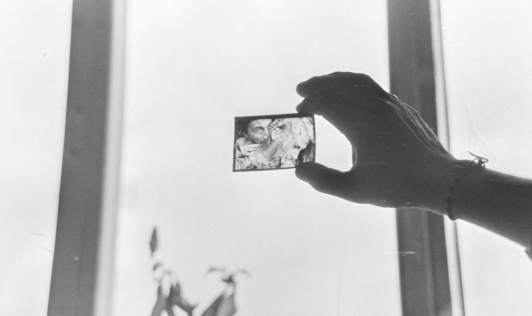Historians constitute a rather conservative breed, and of course some historians are more conservative than others. The comfort zone of a conservative historian is a document, that is a preserved text, especially one that has some kind of official provenance. Memoirs, testimonies, oral history — the conservative historian considers them at best to be second-rank sources, too subjective and uncertain. This kind of historian does not even recognize visual materials as sources and makes no use of them. But this is unfortunate, because we live at a time in which all sorts of information is presented ever more frequently by visual means. Our students have become accustomed to acquire information in a form that has fewer words and more pictures. As pedagogues, we should pay more attention to visual materials so that students can comprehend historical processes better and faster. But visual materials are necessary not only for the historian as pedagogue, but also for the historian as researcher.
Our course will emphasize visual materials as sources, as tools for the historian researcher. The course intends to show how visual sources play not only an auxiliary role, but are able to independently solve some historical problems in the absence of textual sources and also to open up new themes and approaches to the understanding of historical processes. We will explore our theme not through a reading of theoretical texts but through concrete examples. First, we will look at visual art as a source. In this context we will look at two examples, both from the sphere of Ukrainian sacral art: icons of the Last Judgment in the Carpathian region (fifteenth-twentieth centuries) and icons in Ukrainian churches in Canada (twentieth century). Then we will examine photographs. Again we have two concrete examples: photographs of the Lviv pogrom (July 1941) and photographs of Kaiser Wilhelm II (1888-1918). The last segment of our course is devoted to cinema. Our concrete examples: a historical film from 2011 about the Holocaust in Lviv (1943-44) and a film from the Stalinist era (mid-1930s) that conveys the spirit and “sense” of that time.
This course forms a part of Jewish History and Multiethnic Past in East Central Europe summer school.


